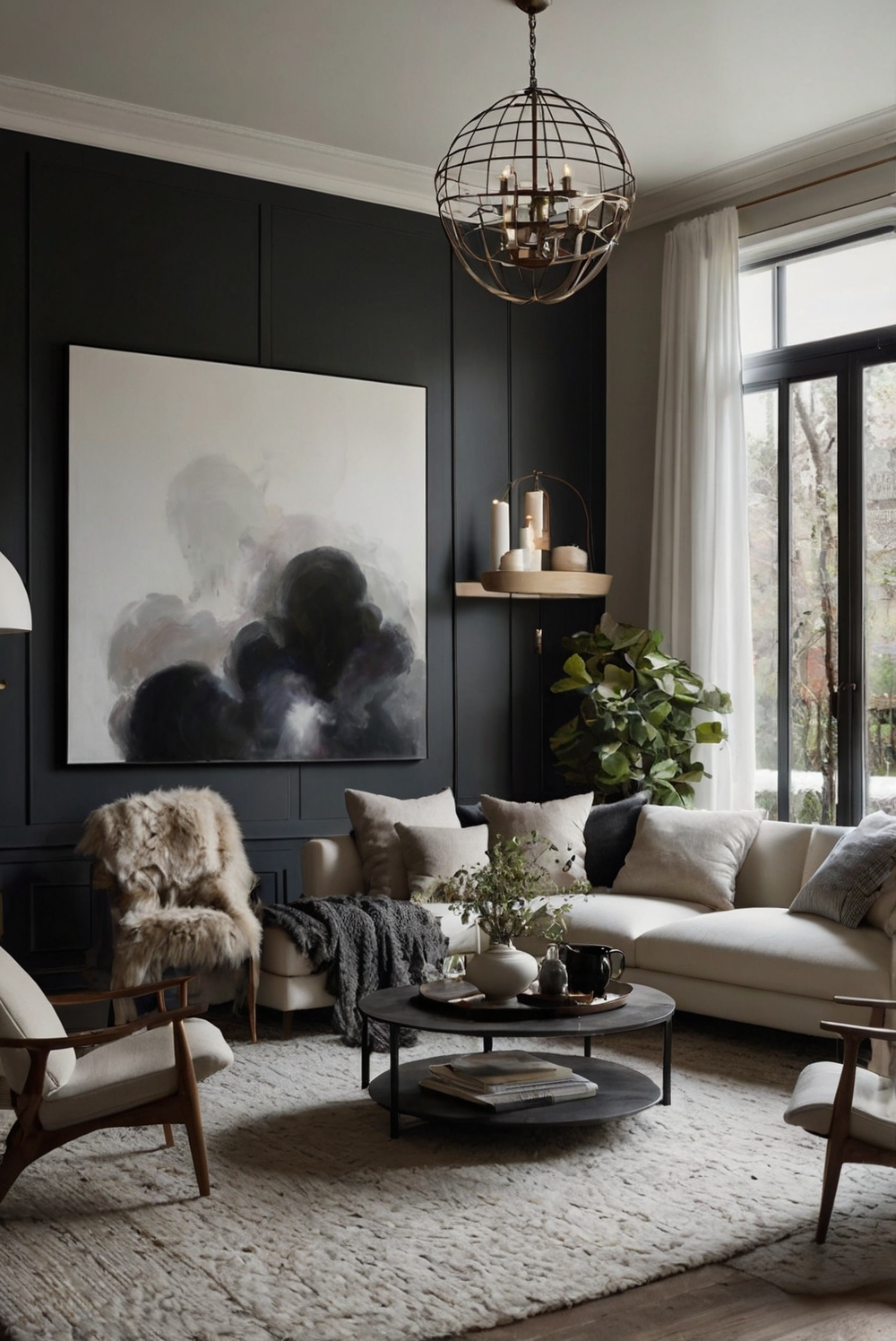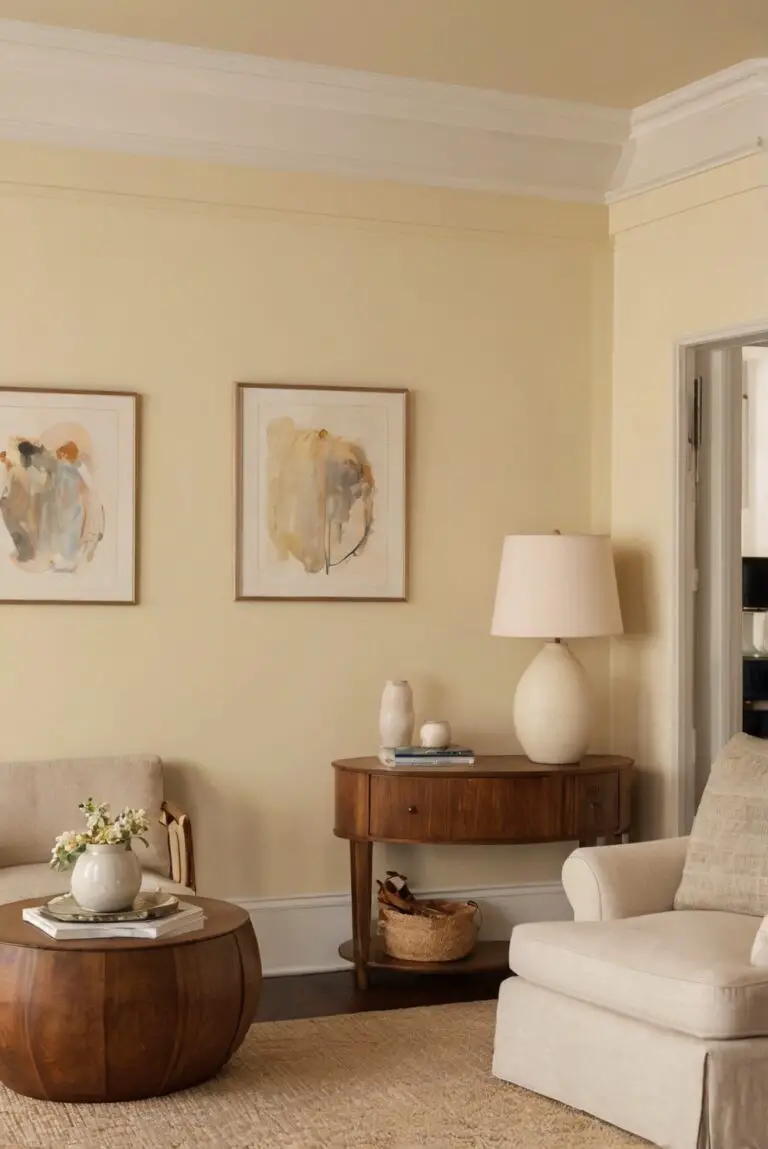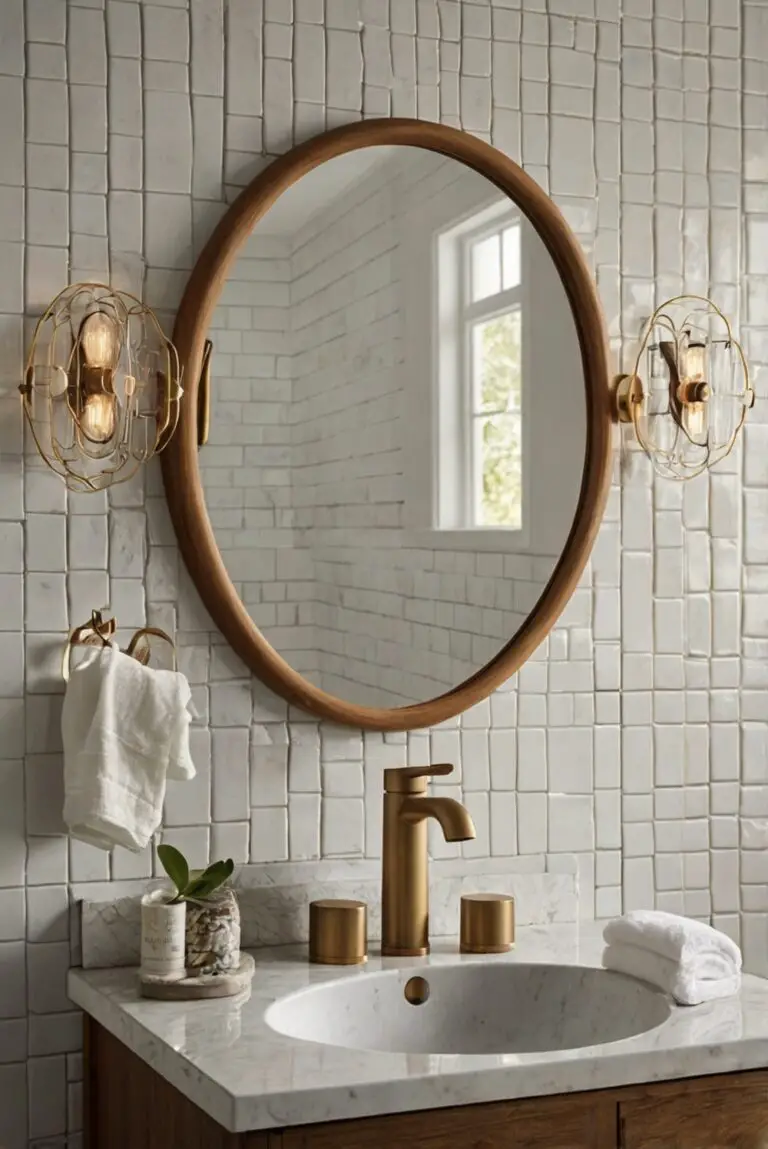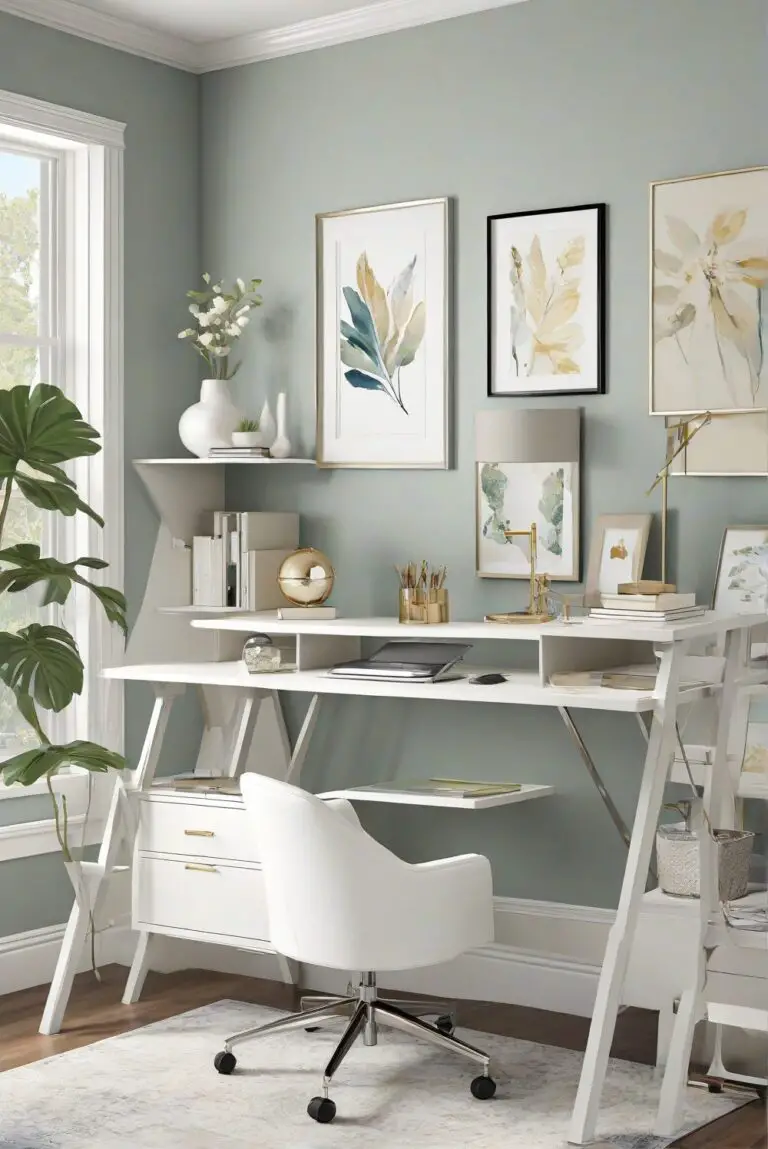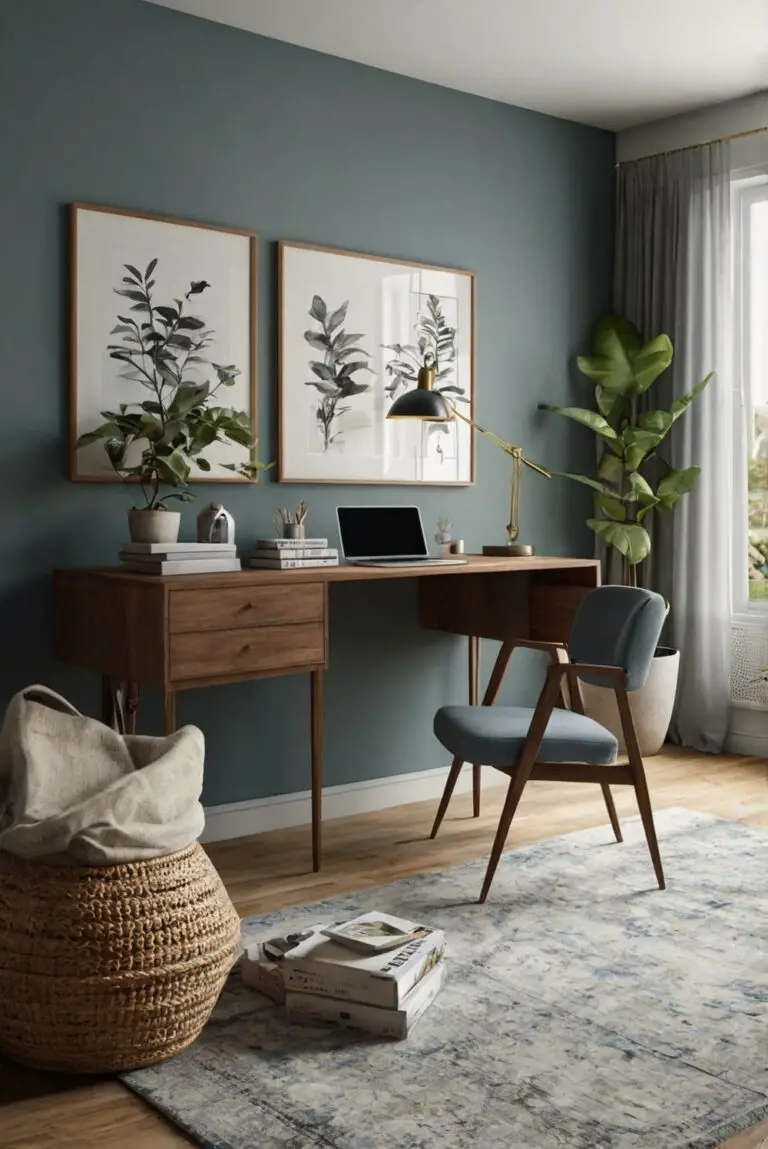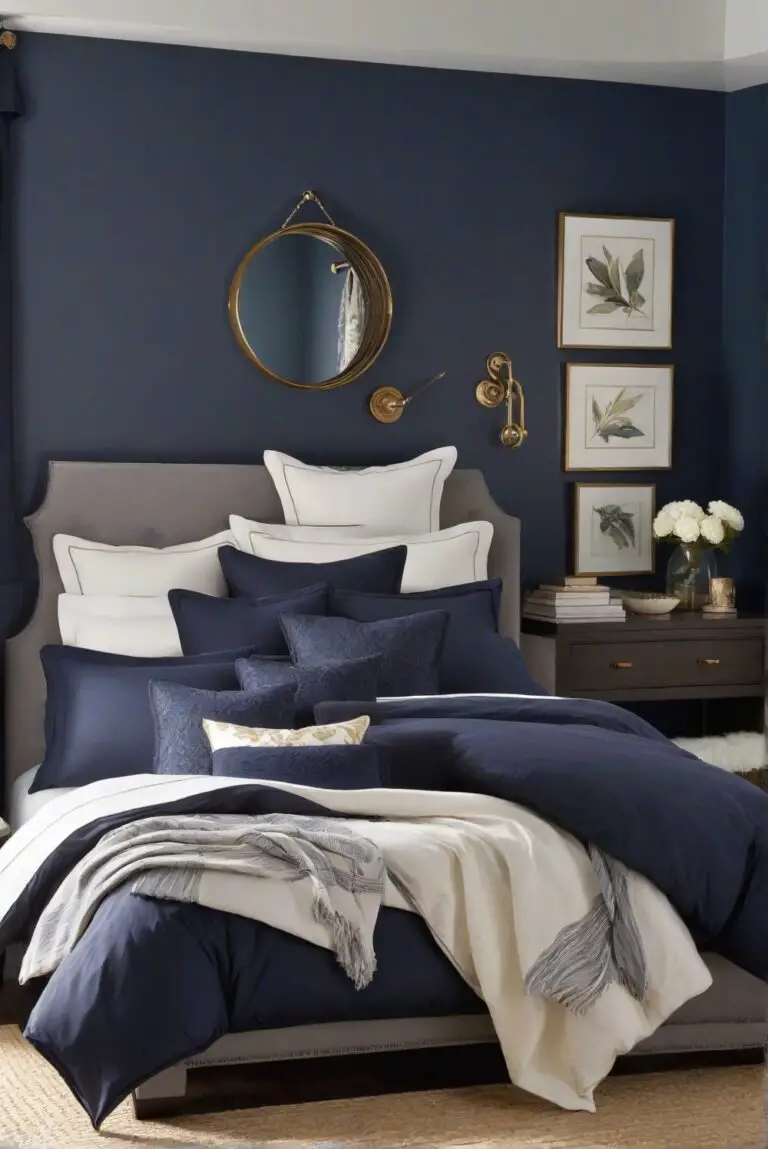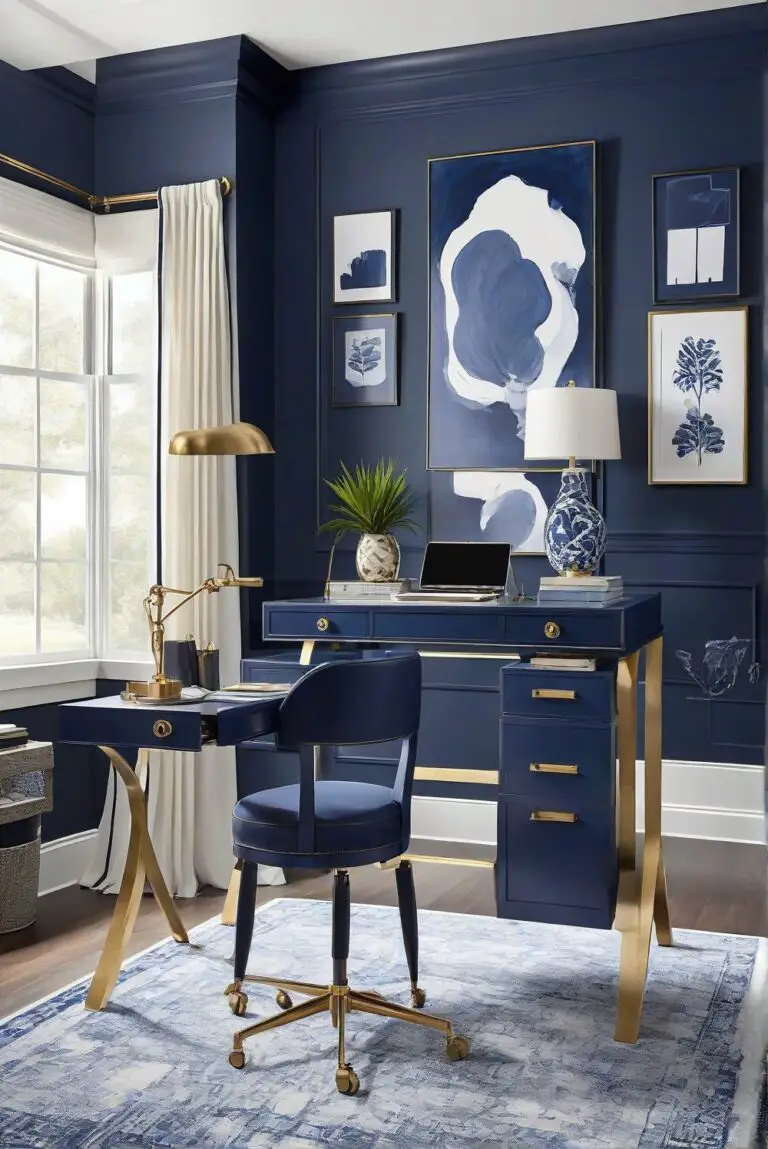Discover how to incorporate dark hues in your living room with expert interior designer tips. Elevate your space with dramatic decor in this daily routine.
Dark hues in the living room can create a cozy and luxurious atmosphere. To effectively incorporate dark colors into your decor, keep these tips in mind:
1. Balance dark hues with lighter tones to prevent the room from feeling too somber.
2. Use strategic lighting to highlight and visually expand the space.
3. Consider the room’s natural lighting to gauge the impact of dark colors.
4. Experiment with accent walls or furniture pieces in deep shades for a bold statement.
5. Choose high-quality paint and primer for a long-lasting finish.
6. Explore color matching options to ensure a cohesive look throughout the room.
7. Consult with interior designers for expert advice on incorporating dark hues into your home decor.
My Lovely Spring Paint for 2025
Ready for a Spring Makeover? Explore the Freshest 2025 Paint Trends!
White Sage/Green SW Pistachio green Soft blue Honeysweet/Orange Pink Sugar Sage Tint BMAs an Amazon Associate, I may earn a commission from qualifying purchases at no extra cost to you.
By following these steps, you can transform your living room into a sophisticated retreat that reflects your personal style and enhances the overall ambiance of your home.
Incorporate dark hues in your living room through accent walls or furniture pieces to create a sophisticated and cozy atmosphere.
When incorporating dark hues into your living room, consider starting with accent walls painted in deep shades like navy, charcoal, or forest green. These walls can serve as a focal point and set the tone for the room. Additionally, dark-colored furniture pieces such as a velvet sofa or a rich wooden coffee table can add depth and elegance to the space. Balance these dark elements with lighter accessories and textiles to prevent the room from feeling too closed in.
Mix dark tones with lighter shades to balance the room and prevent it from feeling too heavy or overwhelming.
To prevent a dark living room from feeling oppressive, mix in lighter shades like cream, beige, or soft pastels. This contrast will help create a sense of balance and airiness in the space. Consider incorporating light-colored throw pillows, rugs, or curtains to break up the darkness and add visual interest. This interplay between light and dark tones will make the room feel more dynamic and inviting.
Consider using dark hues on the ceiling to add dimension and depth to the space.
My fAV Spring DECOR for 2025
Discover Spring’s Best 2025 Decor Combinations – Perfect for Any Room!
Oversized Indoor Plants White Curved Sofas Rugs BOH Brown Cream Moroccan Hype Boho Rug Outdoor Patio Furniture Sets Topfinel Pillow CoversAs an Amazon Associate, I may earn a commission from qualifying purchases at no extra cost to you.
Painting the ceiling in a dark color can create a cozy and intimate atmosphere in your living room. Dark ceilings can visually lower the height of the room, making it feel more intimate and comfortable. This design choice can also add a sense of drama and sophistication to the space. Pair a dark ceiling with light-colored walls and flooring to prevent the room from feeling too enclosed.
Opt for dark-colored flooring or area rugs to ground the room and tie the design elements together.
Dark flooring, such as hardwood or tile in deep tones, can anchor the room and provide a solid foundation for your design scheme. Consider layering a dark area rug on top of a lighter floor to create a sense of depth and warmth. This grounding element will help tie together the various dark and light components in the room, creating a cohesive and harmonious look.
Use metallic accents or light fixtures to add a touch of elegance and shine to the room.
Incorporating metallic accents like gold, silver, or brass can elevate the sophistication of a dark living room. Choose metallic light fixtures, mirrors, or decorative objects to reflect light and add a touch of glamour to the space. These accents will create visual interest and prevent the room from feeling too somber. Mix in metallic elements sparingly to avoid overwhelming the dark color palette.
Experiment with different textures like velvet, leather, or faux fur in dark shades to create an inviting and luxurious feel.
Texture plays a crucial role in adding depth and tactile appeal to a dark living room. Incorporate plush velvet sofas, leather armchairs, or faux fur throws in deep hues to create a sense of luxury and comfort. These textures will add visual interest and dimension to the space while enhancing the cozy ambiance. Mix and match different textures to create a rich and inviting environment that beckons relaxation.
Incorporate natural elements like wood, stone, or plants to add warmth and contrast to the dark color palette.
Integrating natural elements into a dark living room can help balance the richness of the color scheme and add a touch of warmth. Wooden furniture pieces, stone accents, or lush green plants can introduce organic textures and earthy tones to the space. These natural elements provide a refreshing contrast to the dark hues and create a harmonious connection to the outdoors. They also add a sense of vitality and life to the room.
Choose artwork or decorative items with pops of color to add visual interest and break up the monochromatic look.
To prevent a dark living room from feeling monotonous, incorporate artwork or decorative items that feature vibrant pops of color. Consider hanging colorful paintings, displaying bright ceramics, or arranging bold cushions to inject energy and personality into the space. These accents will serve as focal points and create visual contrast against the dark backdrop, adding depth and character to the room.
Play with lighting options like dimmer switches, candles, or floor lamps to create ambiance and highlight different aspects of your dark-hued living room.
Lighting is key in enhancing the mood and atmosphere of a dark living room. Install dimmer switches to adjust the brightness levels according to the time of day and desired ambiance. Use candles or string lights to add a warm and intimate glow to the room during evenings. Place strategically positioned floor lamps or wall sconces to highlight architectural features or artworks, creating focal points and visual interest.
Key Takeaways:
- Choose dark hues for accent walls and furniture pieces to create a sophisticated and cozy atmosphere.
- Mix dark tones with lighter shades to balance the room and prevent it from feeling heavy.
- Consider painting the ceiling in a dark color to add dimension and depth to the space.
- Opt for dark-colored flooring or area rugs to ground the room and tie the design elements together.
- Use metallic accents to add elegance and shine to a dark living room.
- Experiment with different textures in dark shades to create an inviting and luxurious feel.
- Incorporate natural elements like wood, stone, or plants for warmth and contrast.
- Add pops of color through artwork and decorative items to break up the monochromatic look.
- Play with lighting options to create ambiance and highlight different aspects of your dark-hued living room.

